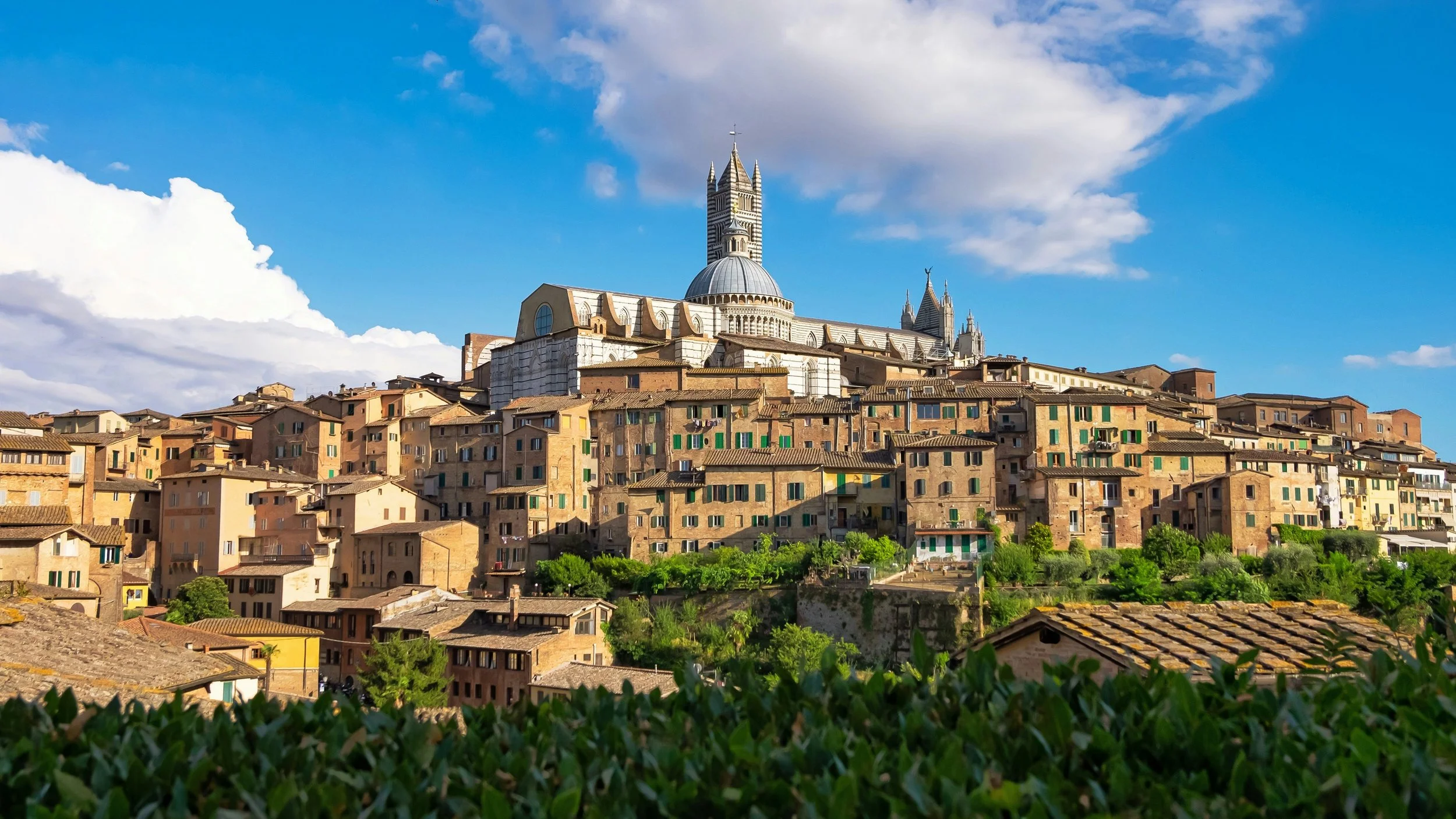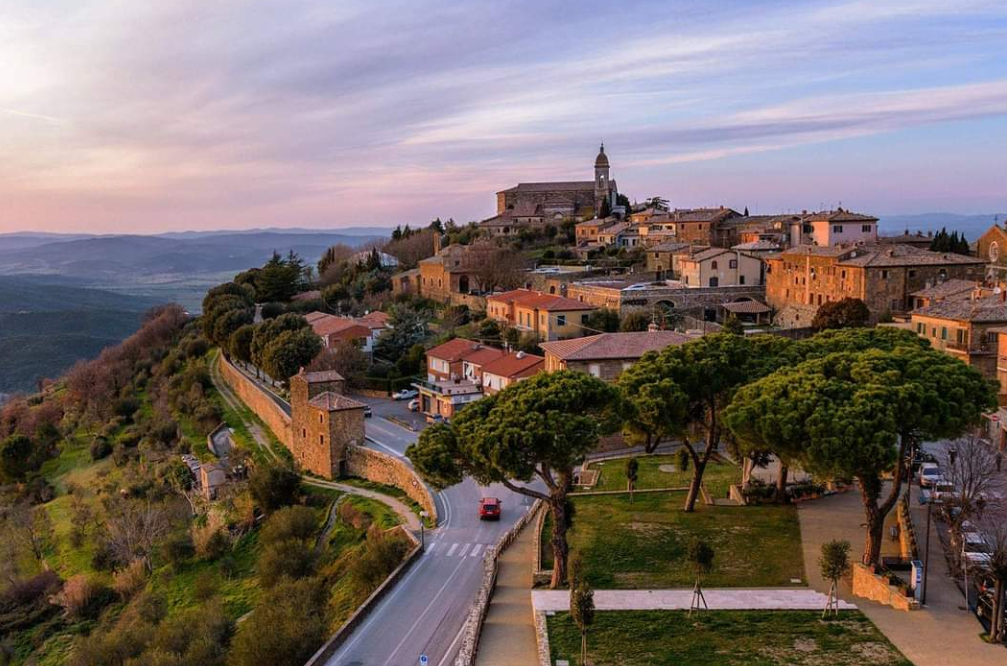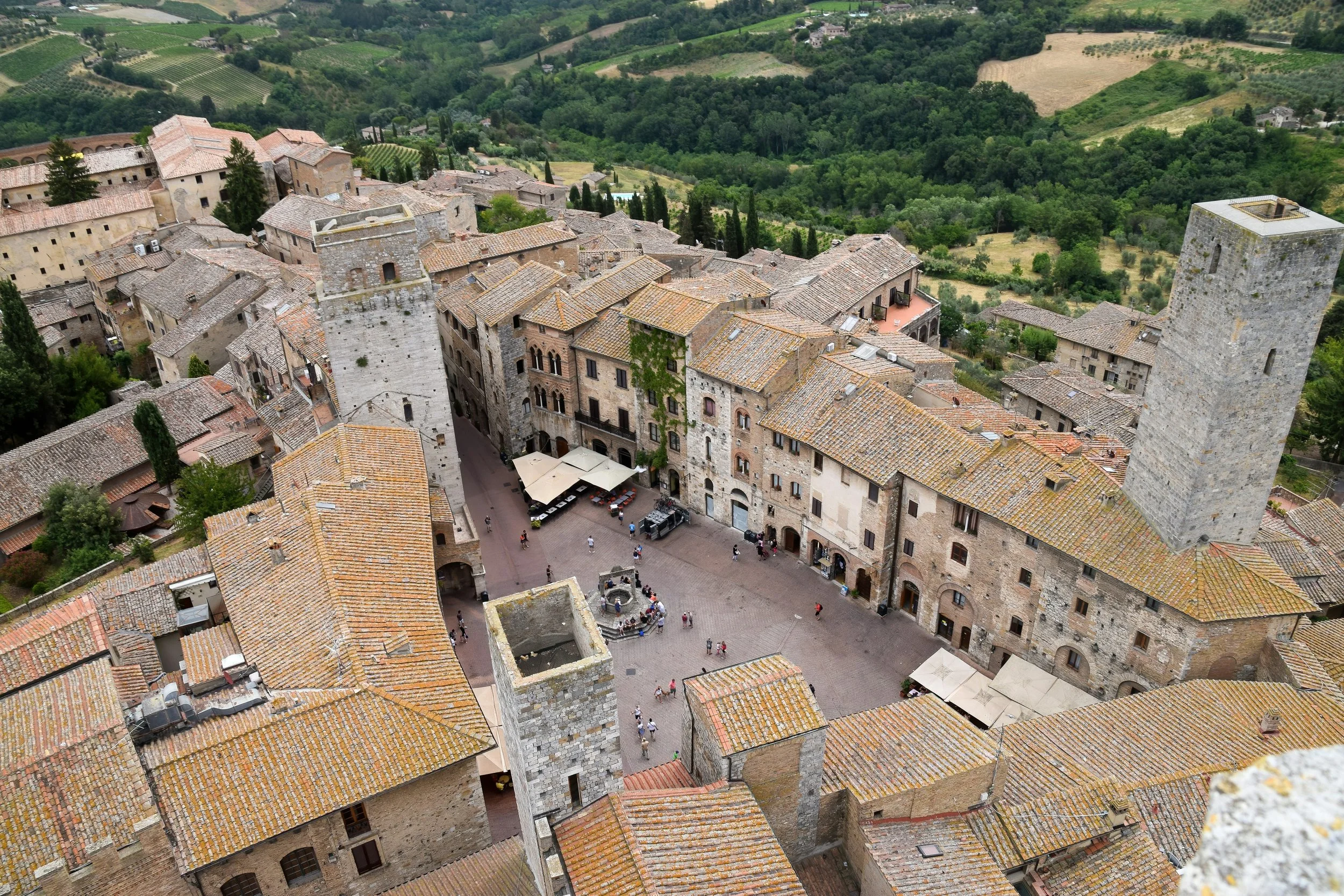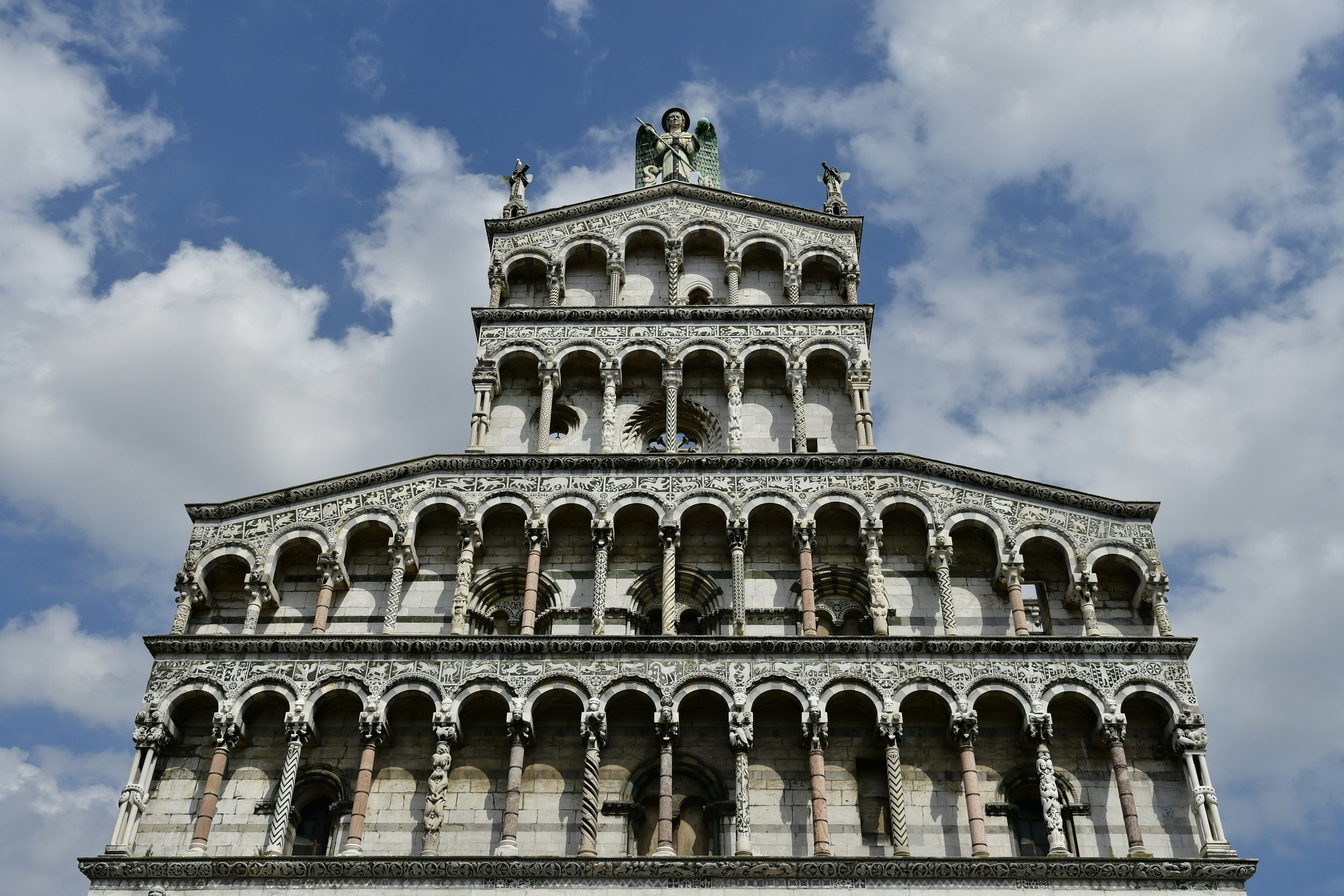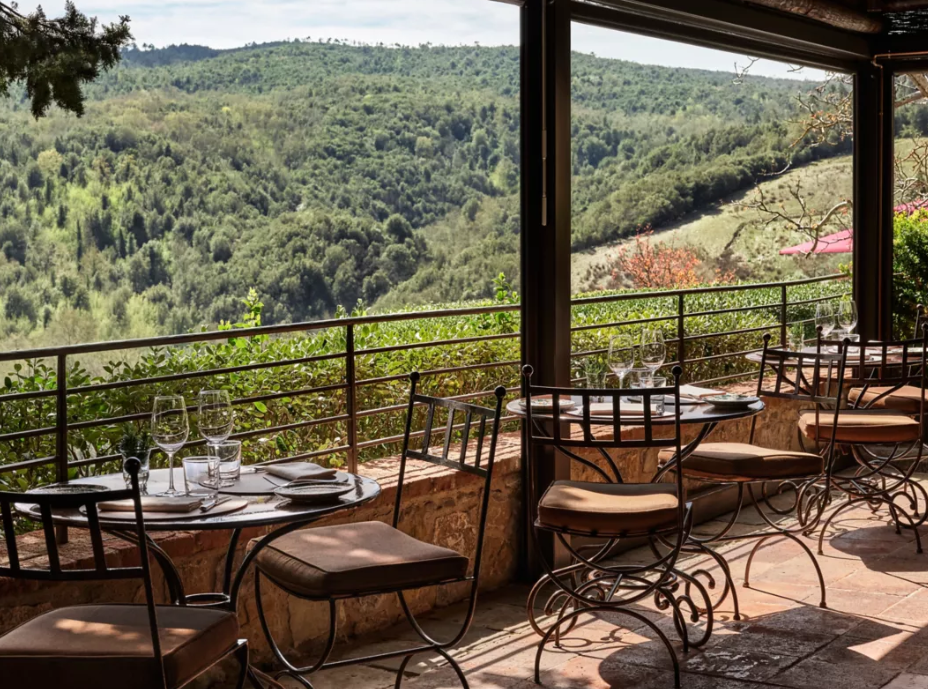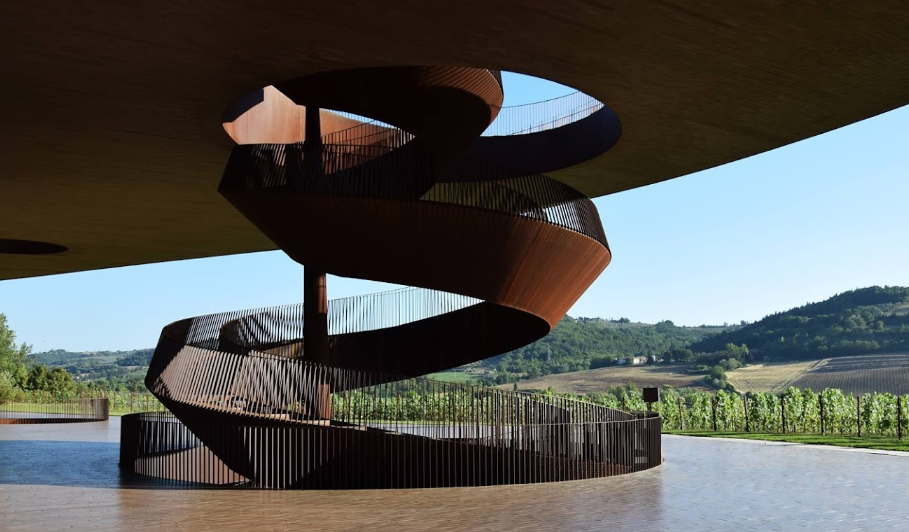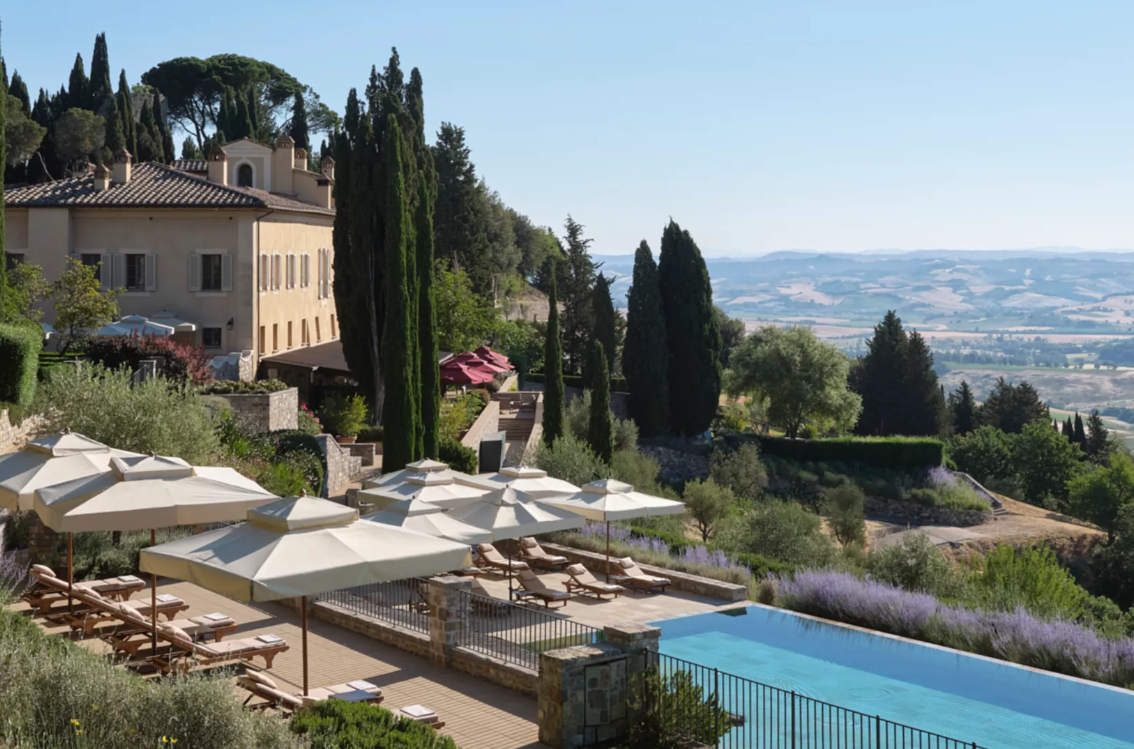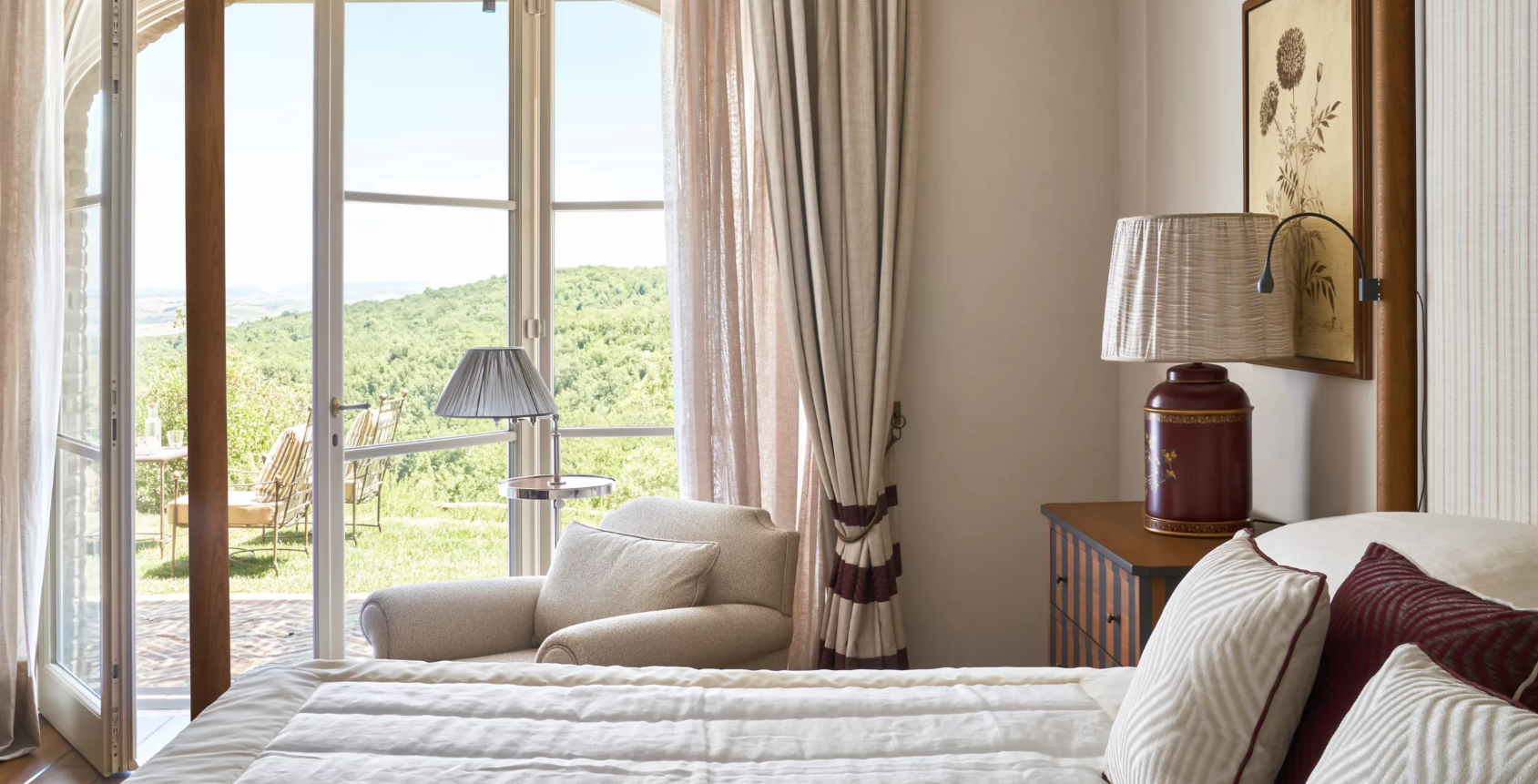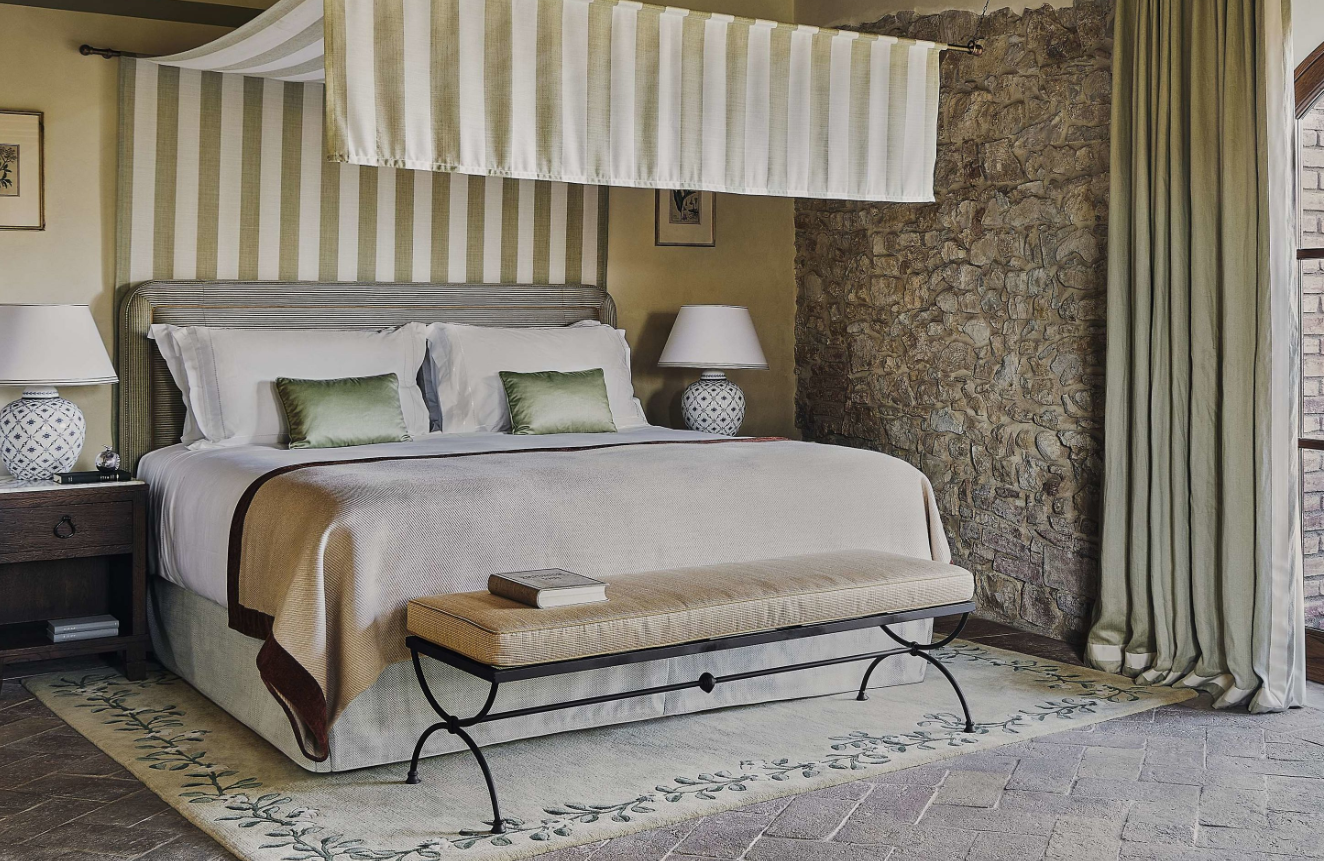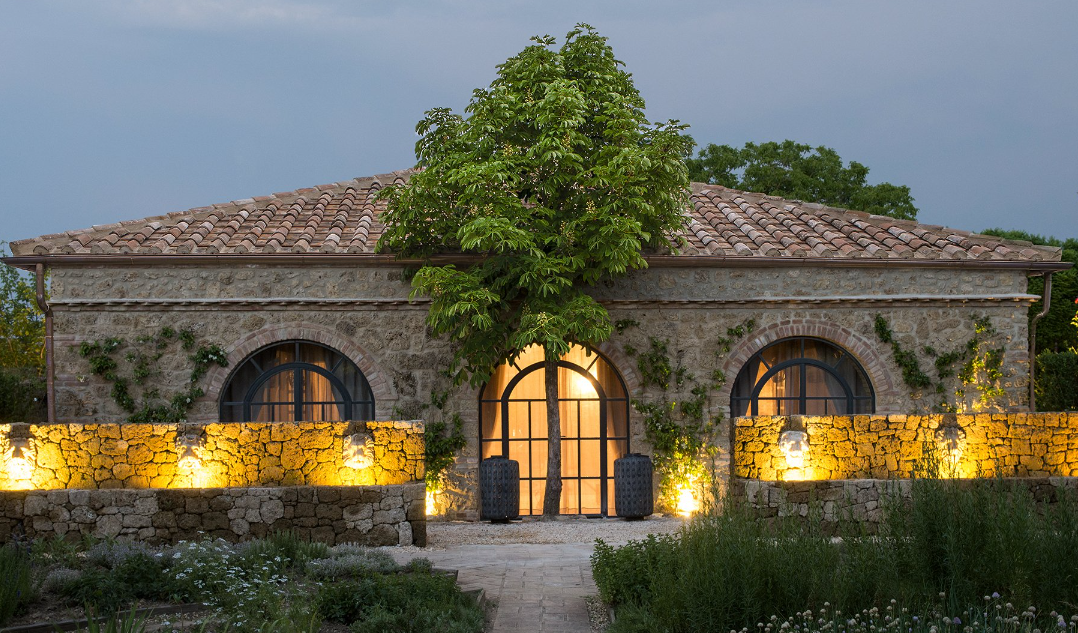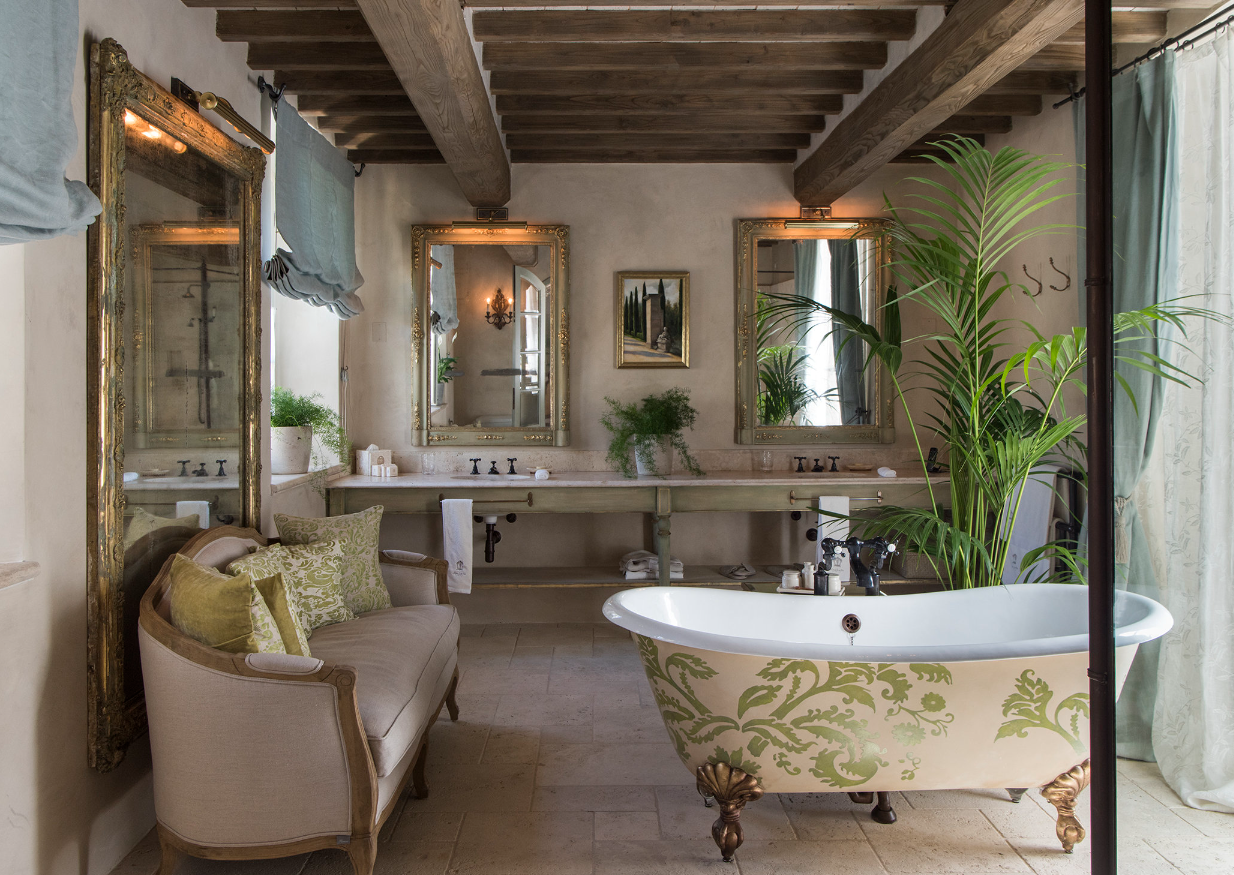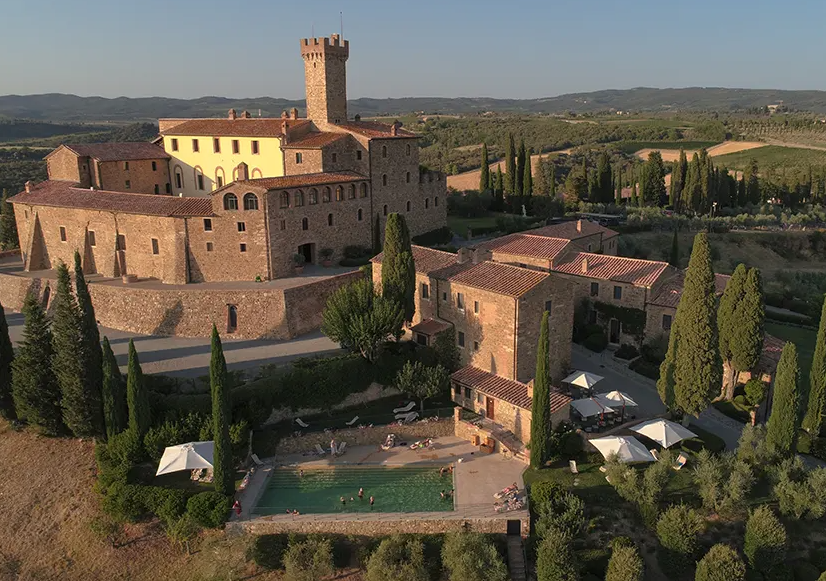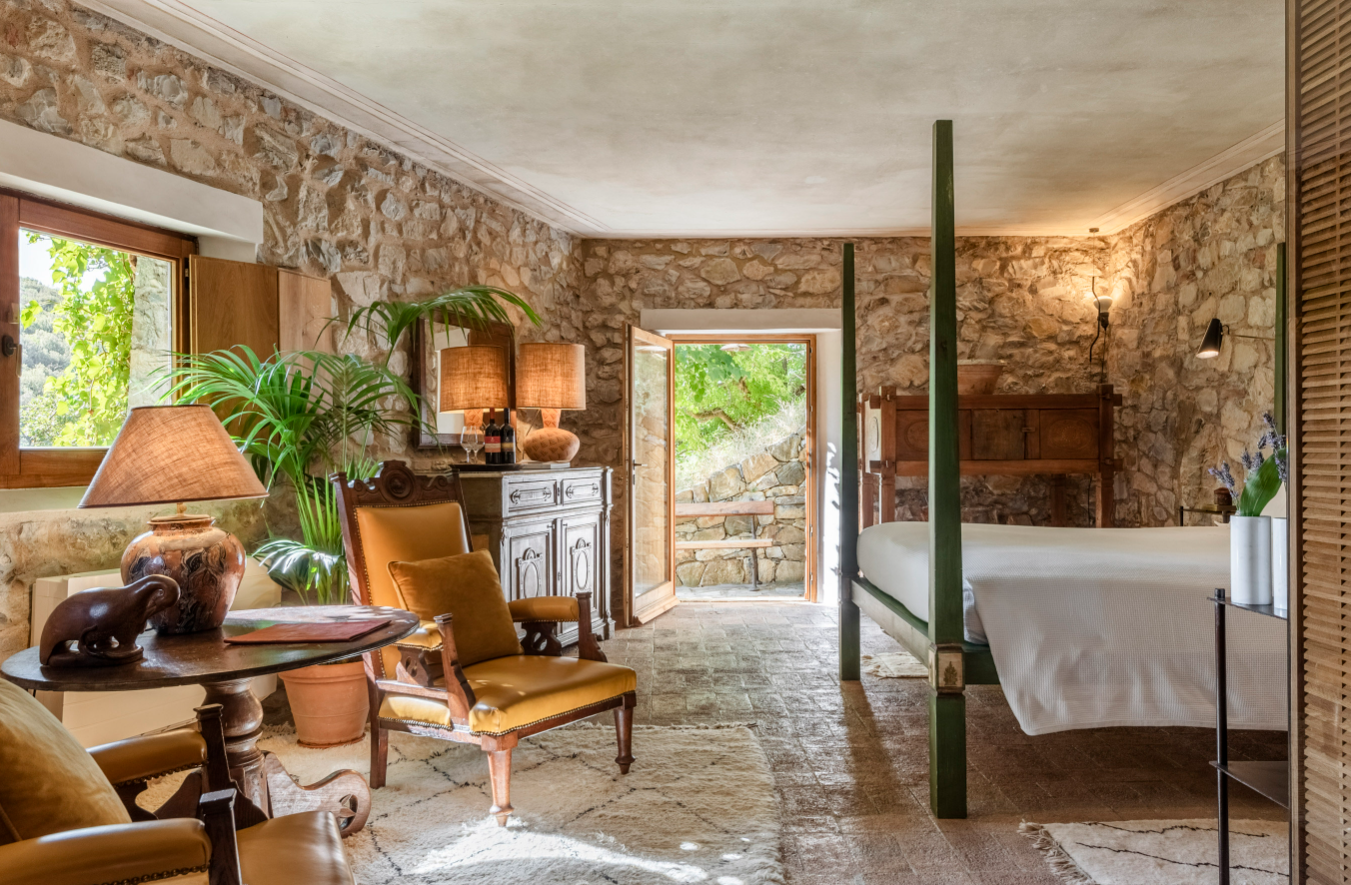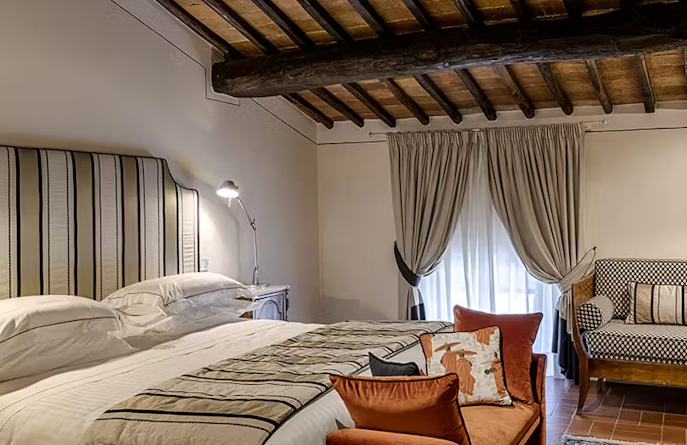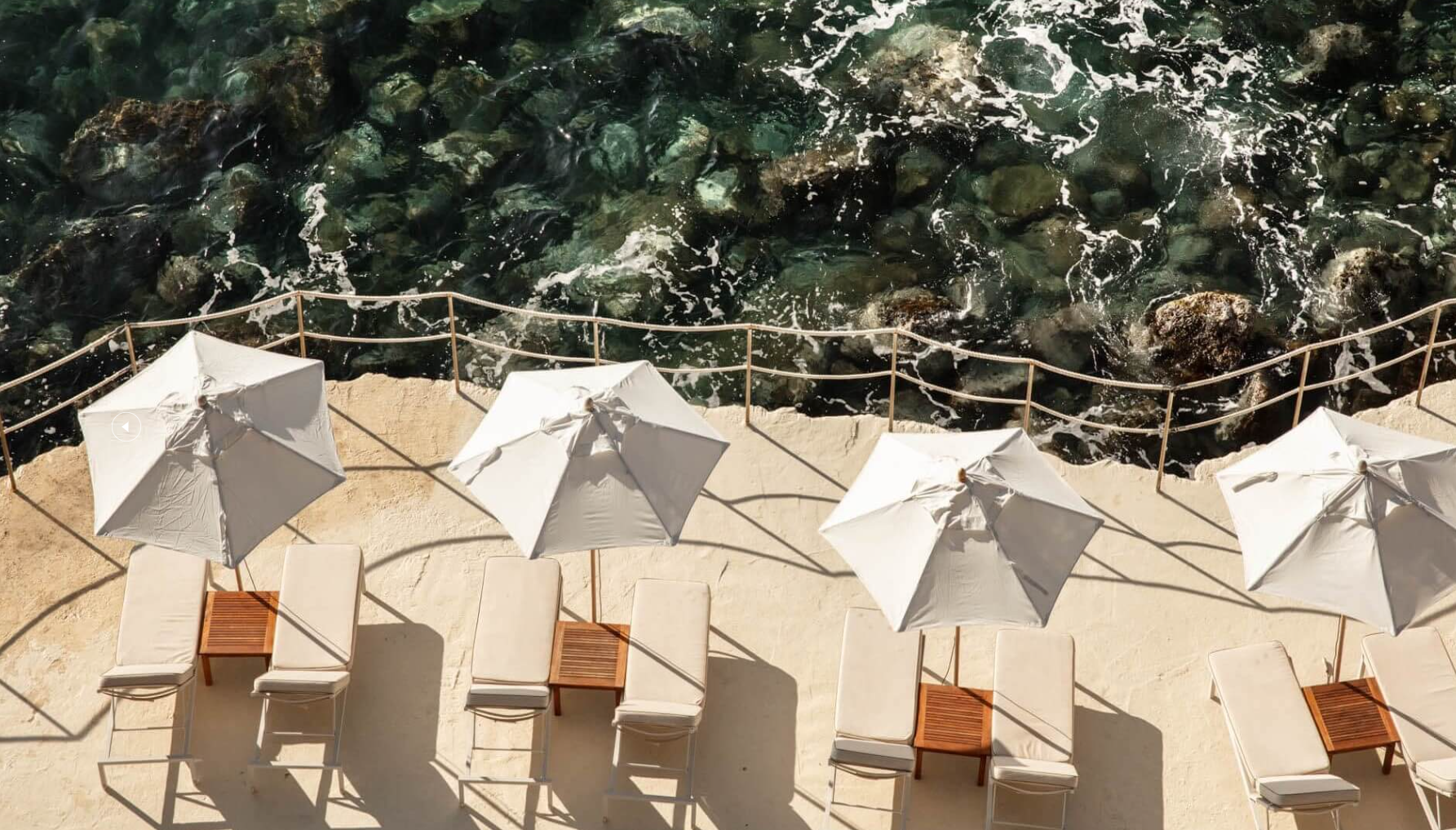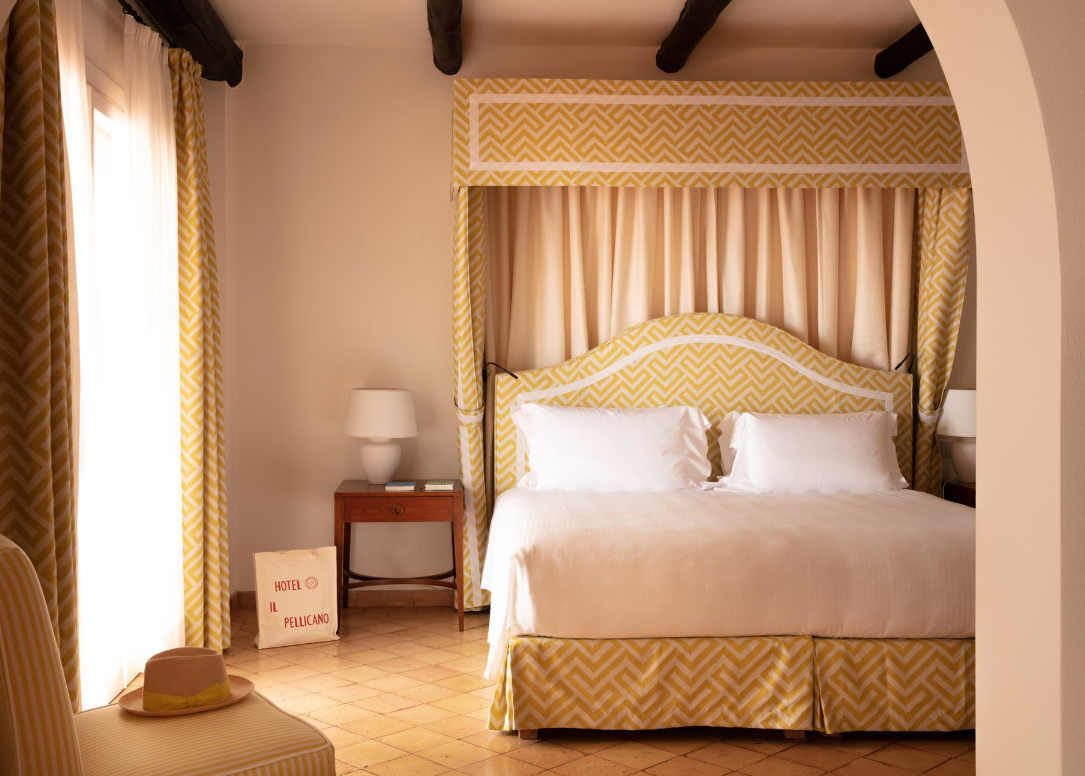
Luxury Travel Guide:
Tuscany
Tuscany
Tuscany is a region defined by its gentle hills, sunlit vineyards, and centuries-old villages that dot the landscape. Known for producing some of Italy’s most prized wines and olive oils, the countryside is lined with rustic towns that exude romantic charm and timeless beauty.
Driving through Tuscany is an adventure in itself; castle-like structures, olive groves, and endless vineyards line the horizon. Many of the region's towns are UNESCO World Heritage Sites, celebrated for their authentic architecture, breathtaking scenery, and preserved culture. Stopping in each town to wander its narrow, ancient streets feels like stepping into another era.
Tuscany is impossible to capture in a short blog—this only scratches the surface of all there is to do here. For a more tailored and detailed list of recommendations, feel free to reach out!
Tuscany’s Historic Towns
Tuscany is filled with charming small towns, many dating back to the Middle Ages or even earlier, with cobblestone streets, ancient churches, and family-run trattorias where generations have perfected local recipes. As you travel, you may stumble upon hidden gems—a quiet hilltop village, an unexpected wine cellar, or a sunlit piazza buzzing with local life. This slower pace of exploration invites travelers to pause, take in the views, and enjoy the Tuscan art of living well, savoring not only the sights but also the stories behind each destination.
Below are a few of the more popular towns that we love, but please inquire for a more detailed list!
Known for its medieval charm and vibrant culture, Siena is a jewel in Tuscany’s crown. The iconic Piazza del Campo, with its unique shell shape, serves as the city's social heart and hosts the annual Palio horse race, a centuries-old tradition. Siena Cathedral, an architectural masterpiece with intricate marble floors and stunning frescoes, is one of Italy’s most beautiful churches. Visitors can climb the Palazzo Pubblico for panoramic views or enjoy the city’s timeless streets, where Gothic buildings and small cafes line every corner, creating an atmosphere steeped in history and art.
Nestled among rolling vineyards, Montalcino is a quiet hilltop town famed for its Brunello wine, which you can sample at numerous tasting rooms and cellars. Strolling through Montalcino’s winding streets reveals ancient stone buildings, local eateries like Taverna del Grappolo Blu, and sweeping countryside views. The Fortress of Montalcino offers panoramic vistas, perfect for sunset, while small artisan shops sell regional delicacies. Montalcino’s relaxed pace and wine culture make it an ideal stop for savoring Tuscany’s flavors and scenery.
San Gimignano, known as the “Medieval Manhattan” for its tall towers, offers one of Tuscany’s most iconic skylines. With its stone towers, quaint squares, and bustling markets, this UNESCO World Heritage site feels like a step back in time. The main street, Via San Giovanni, is lined with shops selling saffron, olive oil, and Vernaccia wine—local specialties. Climbing the Torre Grossa provides a breathtaking view of the surrounding countryside, and the frescoed interiors of Collegiata di San Gimignano are a must-see.
Encircled by massive Renaissance walls, Lucca is a charming town with tree-lined promenades atop its ancient ramparts, perfect for a leisurely stroll or bike ride. Known for its Roman origins and beautifully preserved medieval buildings, Lucca’s Piazza dell’Anfiteatro sits on the site of an ancient amphitheater, creating a striking elliptical square. Lucca is home to several churches and palazzos, including San Michele in Foro and the grand Cathedral of San Martino.
Famed for its Vino Nobile wine and picturesque streets, Montepulciano is a car-free town with winding, steep alleys lined by Renaissance palazzos and historic churches. The Piazza Grande serves as the town’s centerpiece, surrounded by architectural treasures like Palazzo Comunale and Duomo di Montepulciano. Dining experiences at local spots like Osteria Acquacheta add an authentic touch, where the server might prepare fresh cuts of meat right at the table. Wine enthusiasts can visit cellars like Talosa and Contucci to taste the region’s famed vintages.
Dining
Tuscany is renowned for its simplicity and seasonality, with each meal reflecting the land’s agricultural offering—whether it’s tender Florentine steak, freshly made pasta with seasonal sauces, or rich olive oil harvested from nearby groves. Tuscany has its share of Michelin-starred restaurants, where contemporary chefs elevate these rustic ingredients into innovative dishes that honor tradition while pushing culinary boundaries. Yet, there’s equal pleasure in dining at the countless family-owned trattorias and osterias, where recipes have been passed down through generations, and every meal feels like a celebration of local heritage.
Osteria Le Corti: Located within a historic estate, Osteria Le Corti offers rustic Tuscan fare with ingredients sourced from the property’s own farm, creating a genuine farm-to-table experience.
Osteria da Divo: Nestled in ancient Etruscan caves, Osteria da Divo combines history and culinary tradition, where diners enjoy traditional Tuscan dishes surrounded by atmospheric, centuries-old stone walls.
Boccon del Prete: A favorite among locals, Boccon del Prete provides a welcoming, no-frills ambiance with hearty, authentic Tuscan dishes and fresh pasta served in a cozy space within Siena’s historic center.
Osteria del Teatro: This former theater venue in Cortona offers a unique atmosphere and creative, artful presentations of classic Tuscan dishes, making it an intimate spot for cuisine that pays homage to its cultural setting.
Ristorante Trattoria Toscana Al Vecchio Forno: Set in a charming stone building with an open wood-fired oven, this restaurant captures traditional Tuscan flavors, offering a warm, rustic atmosphere in the heart of a historic village.
Osteria di Passignano: Located within an ancient abbey’s wine cellars, Osteria di Passignano combines fine dining with heritage, serving seasonal Tuscan dishes and estate wines with views of the surrounding vineyards.
Osteria del Borro: Set on the Ferragamo family’s estate, Osteria del Borro focuses on sustainable, organic ingredients and traditional recipes, all enjoyed in a refined, rustic setting with vineyard views.
Saporium Borgo Santo Pietro: This Michelin-starred restaurant on the Borgo Santo Pietro estate offers an innovative menu that celebrates local ingredients, with creative dishes crafted to reflect the seasons and countryside.
TRATTORIA IL LECCIO: In a quiet Tuscan village, TRATTORIA IL LECCIO serves rustic, home-style dishes in a warm, family-run setting, offering an authentic taste of local flavors and slow-cooked Tuscan specialties.
Trattoria Latte di Luna: Known for its relaxed vibe and traditional Tuscan fare, Trattoria Latte di Luna is famed for its porchetta, served in a charming setting on a cobbled street with outdoor tables in Pienza.
Podere Il Casale: With sweeping views of the Val d’Orcia, Podere Il Casale offers an organic farm-to-table experience where diners can sample artisanal cheeses and homemade pasta alongside panoramic Tuscan landscapes.
Wineries
Tuscany’s wine and vineyard landscape is a hallmark of Italian viticulture, set against a backdrop of sunlit hills, ancient cypress-lined roads, and medieval villages. Today, Tuscany is known for its robust reds like Chianti Classico, Brunello di Montalcino, and Vino Nobile di Montepulciano, each with distinctive flavors influenced by the region’s diverse microclimates and soils. The vineyards themselves vary from meticulously manicured estates with historic villas to small, family-run farms that still follow time-honored practices.
Below is a short selection of wineries, be sure to inquire for a more detailed list!
Podere Le Ripi: Known for its biodynamic practices and handcrafted wines, Podere Le Ripi offers a unique experience in Montalcino, where guests can explore the striking “Golden Cellar” made from thousands of hand-laid bricks in a circular design.
Antinori nel Chianti Classico: A modern architectural marvel nestled in the hills, Antinori nel Chianti Classico combines centuries-old winemaking tradition with innovation, offering tastings in a state-of-the-art, eco-friendly facility with sweeping vineyard views.
Avignonesi Winery Fattoria Le Capezzine: Renowned for its organic and sustainable approach, Avignonesi invites guests to experience its Vino Nobile di Montepulciano and Sangiovese wines, with tastings that include vineyard tours and views of the serene Tuscan landscape.
Castello Tricerchi: Situated in a medieval castle dating back to the 13th century, Castello Tricerchi blends history with Brunello di Montalcino wine production, where visitors can tour ancient cellars and taste wines within stone walls steeped in history. Castello Tricerchi also offers cooking classes for those interested.
Castiglion del Bosco Winery: Set on a sprawling estate, Castiglion del Bosco offers a refined experience in Brunello winemaking, with guided tours of its historic vineyard, scenic barrel rooms, iconic celebrity wine lockers, and tastings that highlight Tuscany’s deep-rooted wine heritage.
Azienda Agricola Patrizia Cencioni: A family-run winery, Azienda Agricola Patrizia Cencioni specializes in small-batch Brunello di Montalcino, where guests can enjoy intimate tastings and insights into winemaking techniques passed down through generations.
Where to Stay?
Choosing where to stay in Tuscany is always such a delight. For an immersive city experience, staying within one of Tuscany’s lively historic centers offers vibrant culture, dining, and art. The countryside, with its vineyards, olive groves, and serene landscapes, provides rustic farmhouses and elegant villas perfect for a peaceful retreat. Coastal areas offer a blend of rustic charm and seaside access, ideal for those seeking both nature and relaxation.
Inquire for a more detailed list!
Rosewood Castiglion del Bosco
Located on a historic 5,000-acre estate in the heart of Tuscany’s wine country, Rosewood Castiglion del Bosco is a luxurious countryside retreat with its own private vineyard and Brunello di Montalcino winery. The hotel’s accommodations, which include restored 17th- and 18th-century farmhouses, exude rustic sophistication with wood-beamed ceilings and hand-selected antiques. Guests can immerse themselves in wine tastings, cooking classes, or a truffle hunt led by local experts. An exceptional spa housed in a former winery provides treatments inspired by the estate’s natural surroundings.
Castello di Casole, A Belmond Hotel
Set on a historic estate spanning 4,200 acres, Castello di Casole offers a glimpse into Tuscany’s storied past with its beautifully restored 10th-century castle and scenic vineyard views. The property blends ancient architecture with modern luxury, featuring elegant rooms adorned with hand-plastered walls, antique furnishings, and panoramic countryside vistas. Guests can wander olive groves, sip local wines, or unwind by the infinity pool overlooking rolling hills. A farm-to-table restaurant showcases seasonal ingredients from the estate's own gardens.
Borgo Santo Pietro
Borgo Santo Pietro is an intimate 13th-century estate in the Tuscan countryside, offering a curated experience focused on wellness, culinary excellence, and artisanal craftsmanship. Rooms are decorated with Italian silks, frescoed ceilings, and original artworks. The estate features organic gardens, a cooking school, and two restaurants, including a Michelin-starred option that highlights local flavors. A holistic spa and several pools provide quiet corners for relaxation.
Castello Banfi
Perched above the vineyards of Montalcino, Castello Banfi is part of the Banfi wine estate. The suites retain their original Tuscan character with terracotta floors and arched windows, while offering sophisticated touches for a comfortable stay. Wine lovers can explore the surrounding vineyards, enjoy private tastings, and visit the in-house balsameria. Regional Tuscan cuisine is served with views of the estate's stunning vineyards, where each dish complements the estate’s wines.
Castello di Vicarello
Castello di Vicarello is a 12th-century castle turned boutique retreat, surrounded by verdant gardens, vineyards, and olive groves in the heart of the Tuscan countryside. The suites are individually designed, blending vintage Italian decor with contemporary art and antique furnishings. Guests can relax by the castle’s two infinity pools or take part in cooking classes using ingredients sourced directly from the estate’s organic gardens. The intimate wine cellar invites private tastings, allowing for a personal experience of the region’s famed varietals.
Castello di Ama
Known for its fusion of art and wine, Castello di Ama is not only a luxury hotel but also an acclaimed winery and contemporary art haven. Situated in the Chianti hills, this boutique property showcases art installations by world-renowned artists, seamlessly integrated into the landscape and historic buildings. The rooms combine minimalist design with traditional Tuscan architecture, creating a calm, contemplative atmosphere. Guests can indulge in guided tours of the winery and art collection, offering an immersive experience of the region’s creativity and viticulture.
Hotel Il Pellicano
Set on a cliffside overlooking the Tyrrhenian Sea, Hotel Il Pellicano captures a unique blend of Mediterranean beauty and timeless elegance. Originally a private seaside villa, it offers stylish rooms with private terraces, many with sweeping sea views. The property’s lush gardens and secluded beach club add a coastal charm distinct from Tuscany’s inland landscapes. Dining is refined, with a Michelin-starred restaurant that emphasizes fresh seafood and Italian flavors, all accompanied by panoramic ocean vistas.
Logistics
When to Visit
Peak Season (June to August): Summer is Tuscany’s busiest time, with warm weather, lively festivals, and bustling towns. Vineyards are vibrant, and outdoor events are in full swing, offering a festive atmosphere. This season is ideal for those looking to experience Tuscany’s lively energy and sun-drenched landscapes, but it also means larger crowds.
Shoulder Seasons (April to May & September to October): Spring and early autumn are often considered the best times to visit Tuscany, with mild temperatures, fewer tourists, and blooming landscapes or harvest season. Spring brings wildflowers and a lush countryside, while autumn is marked by the grape and olive harvest, adding a unique charm.
Off-Season (November to March): Winter in Tuscany is much quieter, offering a peaceful atmosphere and an opportunity to experience the region like a local. Though temperatures are cooler, especially in the hills, winter allows visitors to explore art cities and cultural sites without crowds.
How to Get Around
Exploring Tuscany by car allows you to experience its scenic beauty at your own pace. Renting a car offers flexibility, letting you stop at scenic overlooks, villages, and hidden spots whenever you wish, with well-maintained roads linking towns and countryside. Alternatively, hiring a private car service provides a stress-free journey with a knowledgeable driver, ideal for relaxed sightseeing without the responsibility of driving. Both options offer a unique way to immerse yourself in Tuscany’s landscapes—whether you prefer the freedom of driving or the ease of a chauffeured experience.
Find Your Journey.
Submit your information to connect with a team member who will help you create a personalized trip, ensuring an unforgettable experience.


